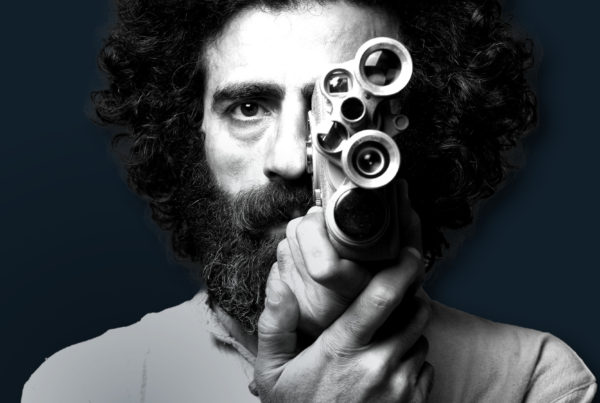We have all heard the term ‘strategy’ used at some point during our working lives but what does it mean? It’s interesting to uncover the intricate layers of what the concept of a ‘strategy’ actually is and how it affects various business functions.
Taking it back to basics, in the broadest sense of the word, a ‘strategy’ is a singular, or series of plans for achieving a goal. Within a business sense a strategy is an amalgamation of a company’s policy and a set of tactics adopted by any business. A strategy is a means by which they differentiate themselves from their competitors. Depending on the size of the company, a strategy can extend from whole company decisions, through to departmental budgeting strategies. In all cases, every business needs to have a clear-cut strategy in which every decision is carefully devised and analysed in order to best develop the efficiency and reputation of the business to achieve the company’s end goals.
It must also be understood, what is meant by the word ‘design.’ Again, in the broadest sense of the word, a design can have a multitude of definitions. It can cover anything in the field of architecture, engineering, business processes etc. Designing in any field often necessitates considering several different aspects, including the aesthetic, functional and economic results of a design or design process.
Design strategy, as a field of theory and practice, refers to the interplay between creative design and business strategy. However for a lot of designers, design strategy can refer to the creative rational that underpins their work.
The concept of design strategy might be difficult to define precisely, however the overriding aim has to be to unite creative processes and business objectives into a purposeful outcome, that moves beyond just an aesthetic exercise. Design strategy can be a collection of visual and media components used in order to help drive business objectives. Design strategy is not just restricted to creative sectors; it can be applied to any business and can produce tangible and measurable results. It can simply be a process combining creative critical thinking, which facilitates business decisions, an improvement in processes and a sharing of and knowledge and experience. Ultimately, it is a process that focuses on solutions rather than on the problem.




